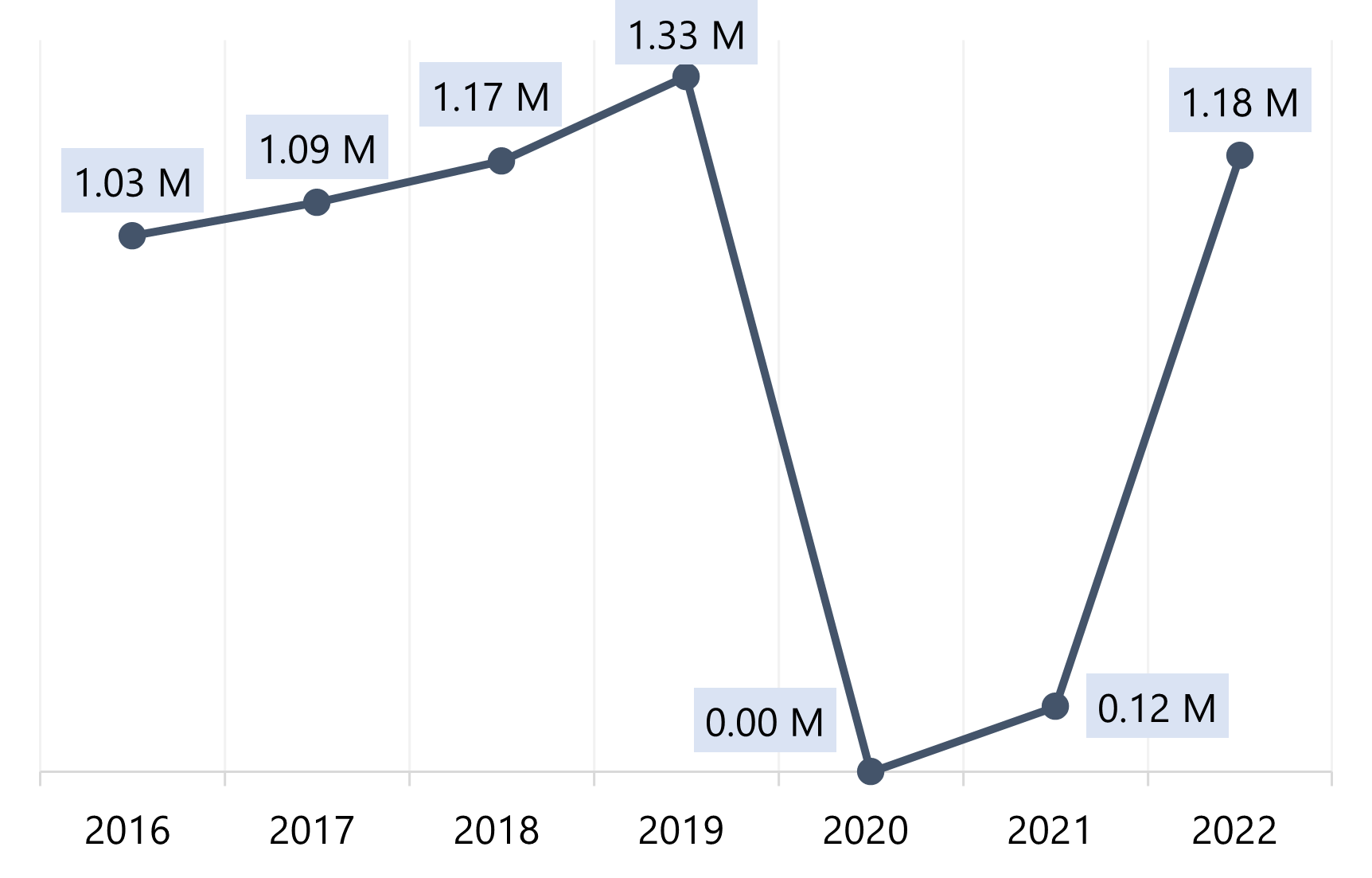By Breanna S. Smith
Prior to the pandemic, the Anchorage hospitality market was in a period of expansion. The market was historically reliant on natural resource (oil and gas) extraction. Demand increases in the years prior to 2020 were supported by the market’s popularity as a tourism destination, largely centered around the cruise industry, and growth in the transportation industry. However, similar to trends across the nation, the COVID-19 pandemic resulted in substantial declines within the tourism industry beginning in March 2020. While much of the state’s commercial business remained essential, tourism was substantially affected, as virtually all 2020 cruise-ship sailings were canceled. Nevertheless, during 2020, the local government or individual companies fully contracted many hotels either to serve as temporary housing for area residents needing shelter, or to quarantine charter-fishing or oil-and-gas refinery employees before or after their shifts.
As cruise-related demand remained relatively non-existent in 2021, Alaska tourism officials focused on expanding the tourism base by targeting independent travelers. The marketing strategy was successful, significantly boosting tourism in Alaska from June through September of 2021. By that time, most hotels had returned to normal operations. However, due to the market’s housing needs, some hotels had begun to be acquired for housing conversions. The Best Western Golden Lion Hotel in Midtown Anchorage was one of the first properties to be purchased for this type of conversion in 2020.
Demand rebounded more substantially in 2022, with cruise-ship passenger numbers approaching 2019 levels, as illustrated below. Coupled with the strong tourism from independent travelers, occupancy and ADR generally exceeded historical levels for the market that year.
Source: Cruise Lines International Association, Alaska, 2023
Cruise-ship demand remained strong in the 2023 sailing year and is anticipated to exceed 2019 levels; however, pent-up demand within the independent leisure segment has reportedly somewhat dissipated. This is largely attributed to the heightened levels of outbound international travel and the inflationary environment, which has increased the cost of travel. Nevertheless, both ADR and the number of occupied rooms have increased in 2023.
Despite some normalization of demand, ongoing hotel conversions have contributed to the market’s positive trends. In 2023, the Anchorage Affordable Housing and Land Trust has spearheaded the largest reported increase in low-income housing for Anchorage in a single year. The nonprofit organization has purchased three hotels to convert to low-income housing, as well as a fourth hotel that will be converted to a long-term shelter.
This reduction in hotel supply has compressed overnight stays to other properties and has allowed the remaining hoteliers to capitalize on the higher demand levels with ADR increases. The outlook for the rest of 2023 and 2024 is positive, as additional hotels have agreed to serve as housing solutions during the winter, anticipated new supply is limited, and capacity increases on cruise ships should support additional growth in the summer of 2024.
Learn more about Anchorage’s hotel trends by contacting Breanna S. Smith, MAI, your HVS Pacific Northwest hospitality expert.
Sources:
https://akcruise.org/economy/alaska-cruise-history/



